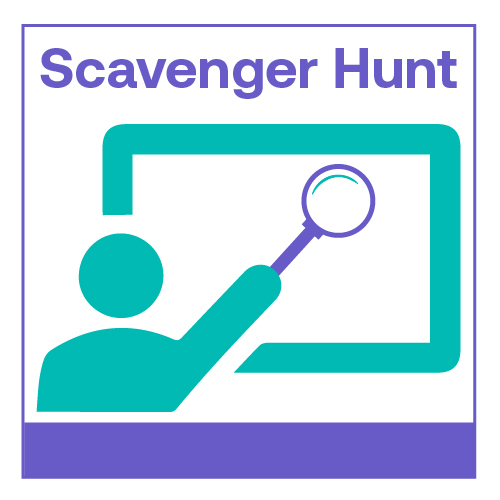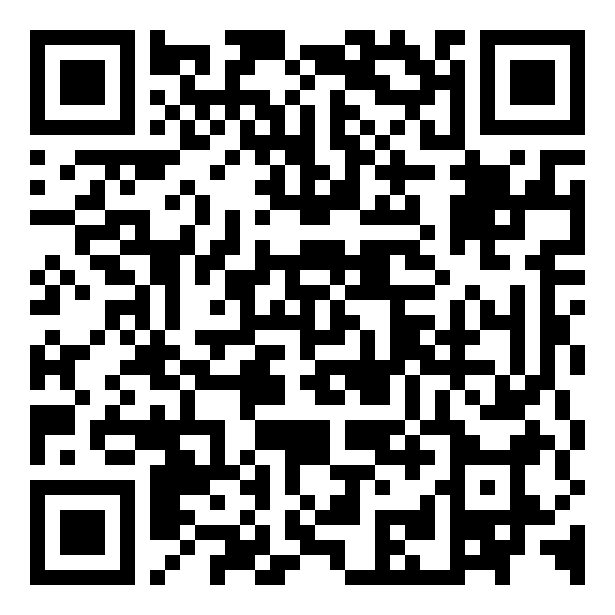
Assay Development and Screening
Simplified, user-friendly, automated workflow for phenotypic profiling based on the Cell Painting assay
.jpg)
Angeline Lim, PhD
Applications Scientist
Molecular Devices
San Jose, CA, United States
Primary Author - December Poster(s)
Multiparametric high-content screening approaches, such as the Cell Painting assay, are increasingly being used in many applications ranging from drug discovery programs to functional genomics screening. The Cell Painting assay uses up to six fluorescent dyes to label and visualize a variety of organelles at the single-cell level. Morphological features extracted from the assay give unique cellular “signatures” that provide an overview of the cell. In addition, insights into the mechanism of action may be gained by comparing the phenotypic profiles of novel compounds with those reference compounds. In a standard Cell Painting assay, cells are perturbed using chemical or genetic approaches. The cells are then fixed, stained, and imaged on a high-content microscope. Numeric features are extracted using automated image analysis. These features can then be mined to generate biological knowledge.
Cell Painting assays are typically carried out at scale with multiple assay plates. The workflows can be time- and labor-intensive, taking several days to complete a screen. The use of automation that includes liquid handlers could help to streamline these processes, saving valuable user time and increasing assay throughput. In addition, the sheer volume of data generated from these experiments require powerful software and computational tools to extract meaningful information. The computing requirements needed to run the analysis of these large datasets may be beyond the technical means of smaller research labs.
Here we developed a complete automated workflow for the Cell Painting assay. Lenti-X 293T cells were treated with colchicine for 4 hours or 24 hours, with untreated cells as controls. An automated liquid handler was used to fix and stain the cells, which were then imaged on a high-content imager equipped with laser light source. Images were analyzed and their measurements uploaded to StratoMineRTM, a web-based tool for further data analysis. Using principal component analysis, three distinct clusters were observed, each representing a single colchicine treatment condition. Together, the data presented here highlights how the use of an automated workflow combining Biomek liquid handling with ImageXpress imaging can be used for morphological profiling, with the added benefits of reduced hands-on time and user handling errors, with increased assay throughput.
 View Leader Board
View Leader Board
SLAS Events

1st Prize - Comp Reg + Hotel/Airfare to SLAS2023 in San Diego
2nd Prize - $50 Starbucks Gift Card
3Rd Prize - $25 AMEX Gift Card
Keep an eye on the leader boards to see who’s at the TOP. Winners will be announced after SLAS2022.
Each participating poster in the exhibit hall will have a QR code next to it. For virtual participants, look for the scavenger hunt icon for participating posters.
